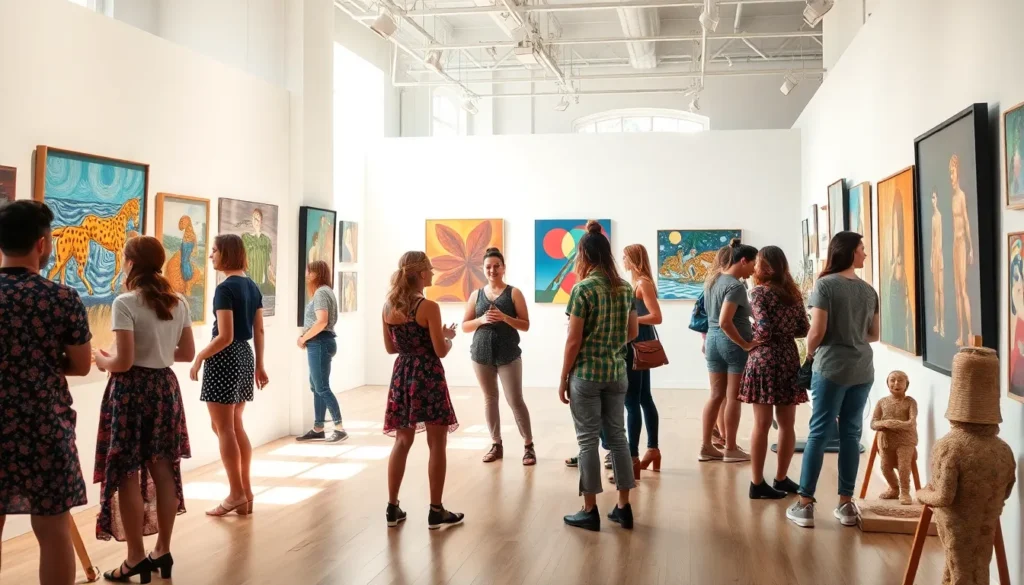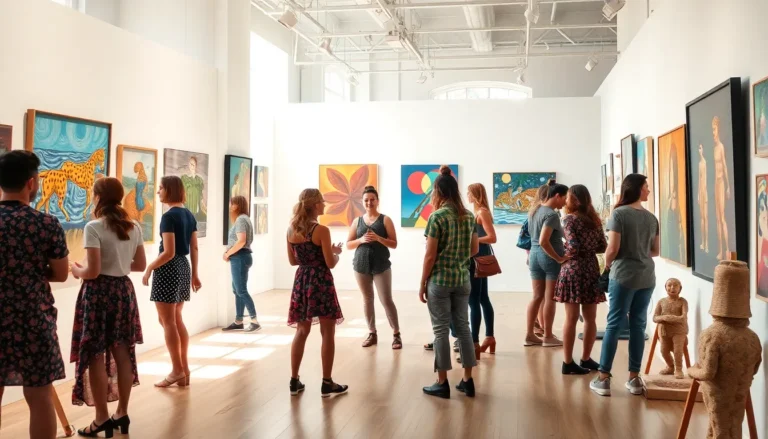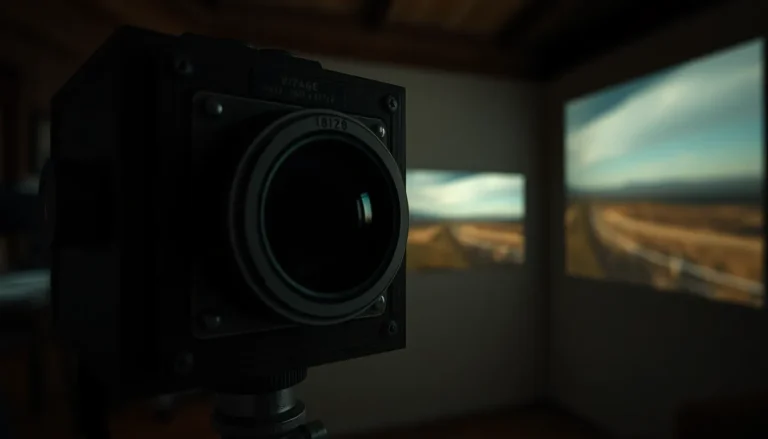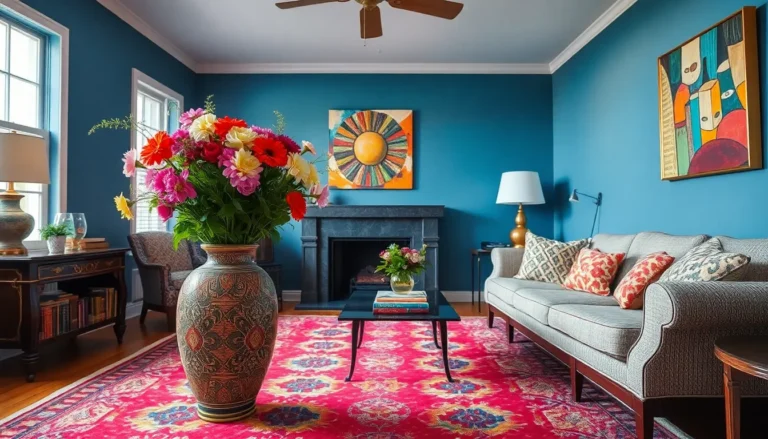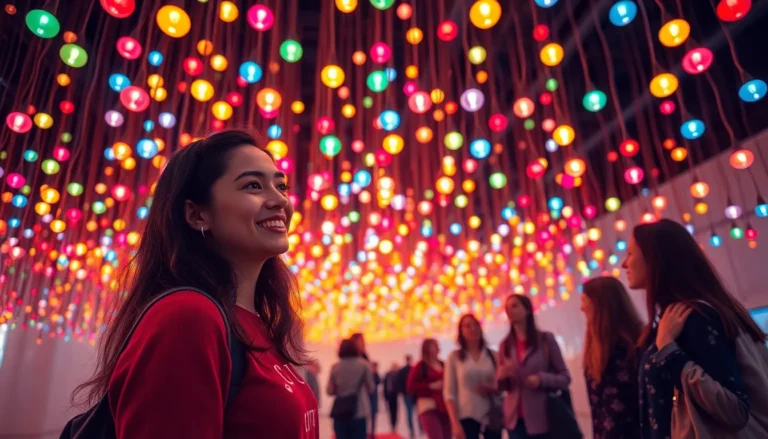Table of Contents
ToggleIn a world bursting with creativity, art magazines are the unsung heroes that bring vibrant colors and bold ideas to life. They’re not just glossy pages filled with pretty pictures; they’re gateways to understanding the artistic soul. Whether it’s the latest trends, interviews with visionary artists, or in-depth critiques, these publications have something for everyone—even that friend who thinks a stick figure is a masterpiece.
Overview of Art Magazine
Art magazines play a crucial role in the art world by highlighting creativity and artistic expression. These publications not only feature visually appealing images but also provide essential insights into artistic trends and movements. Readers often find artist interviews, critiques, and exhibition reviews that deepen their understanding of the art landscape.
Numerous art magazines cater to diverse interests, making them accessible to a wide range of audiences. They cover various genres including contemporary, historical, and avant-garde art. Each magazine offers unique perspectives, making it easy for art enthusiasts to find content that resonates with them.
These magazines serve as platforms for lesser-known artists to showcase their work, thereby enriching the art community. Regular features on art history and theory help contextualize current trends. Critics contribute by analyzing artistic practices and providing insightful commentary, enabling readers to engage thoughtfully with the content.
Subscriptions to art magazines often include access to exclusive content and digital resources. This additional material may comprise video interviews, virtual exhibitions, and extended articles, creating a comprehensive experience for the reader. Overall, art magazines fulfill a vital function, bridging the gap between artists and audiences while fostering a deeper appreciation for the arts.
Content and Themes
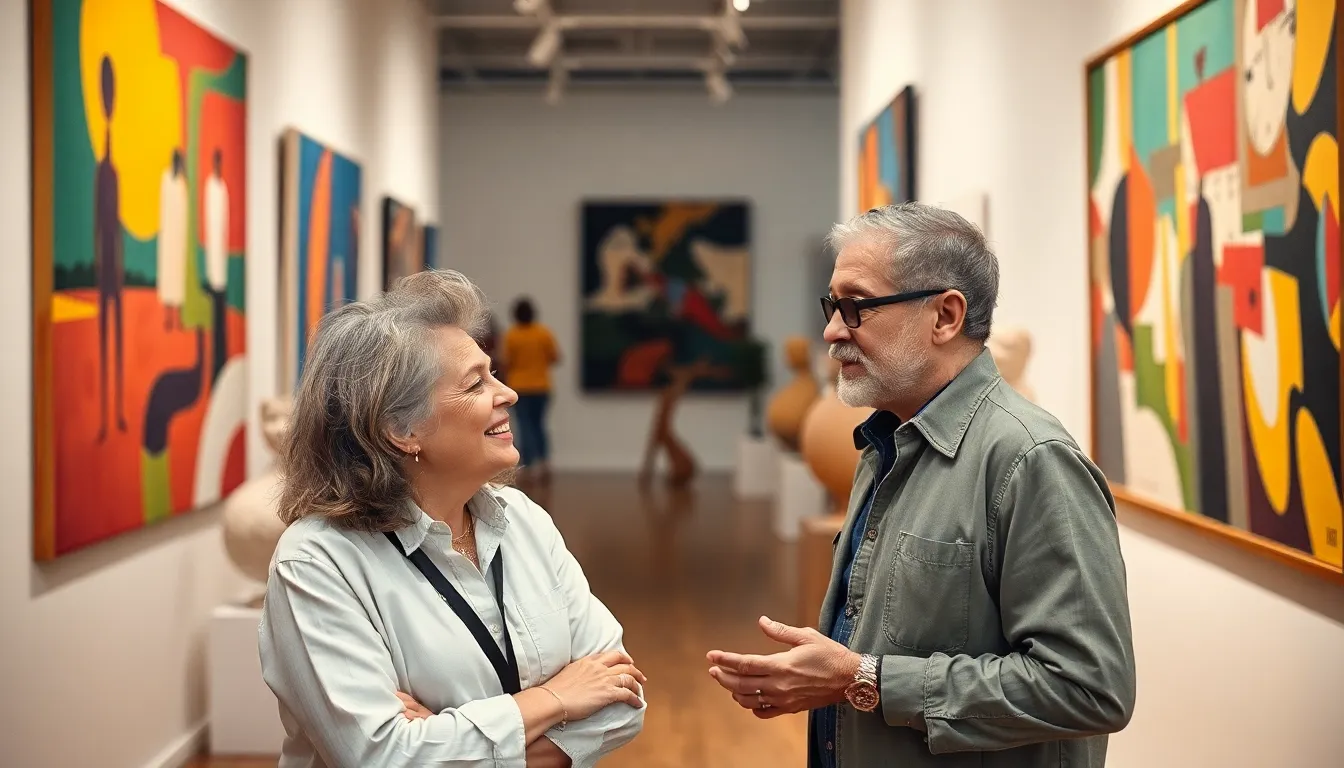
Art magazines focus on various content and themes that enrich the understanding of the art world. Integral to their mission, these publications highlight contemporary issues and celebrate artistic diversity.
Featured Artists
Each issue prominently showcases featured artists, offering readers insight into their creative processes and influences. Interviews often reveal personal stories, shedding light on emerging talents and established figures alike. Notably, the emphasis on lesser-known artists broadens representation within the industry. Features may include in-depth profiles, revealing not just artistic styles but also personal philosophies. By doing so, art magazines foster connections between artists and audiences, encouraging dialogue about contemporary practice.
Art Trends Explored
Art magazines delve into current art trends, analyzing shifts and movements shaping the creative landscape. Coverage may include styles like street art, digital art, and sustainable practices, reflecting evolving societal values. Critics provide context, discussing the impact of these trends on the broader art community. Special features might highlight thematic exhibitions or significant gallery shows, giving readers a comprehensive overview of what’s happening now. By exploring these dynamics, art magazines engage readers in meaningful conversations about the future of art.
Design and Aesthetic
Art magazines showcase design and aesthetic elements that capture attention while enhancing content engagement. Visual consistency plays a fundamental role in how readers perceive the material.
Layout and Visual Appeal
Effective layout organizes information clearly for readers. Grids and columns guide the eye, making it easy to navigate articles and features. Each section is thoughtfully curated to reinforce the overall theme of the issue. Typography selection impacts readability and influences mood, adding depth to editorial choices. Integration of white space balances visual elements, allowing viewers to focus without feeling overwhelmed. Color schemes highlight critical features, drawing attention to interviews or critiques. Magazines often create harmonious arrangements that elevate the reader experience.
Use of Imagery
Imagery operates at the core of art magazines’ appeal. High-quality photographs capture artworks vibrantly, adding context to the featured pieces. Each image conveys emotions and narratives that words sometimes cannot express. Articulating the essence of styles or movements, visuals invite readers to immerse themselves in various artistic expressions. Including behind-the-scenes images reveals artists’ creative processes, creating connections between creators and audiences. Imagery not only serves illustrative purposes; it also shapes readers’ perceptions, enhancing appreciation for the showcased art.
Audience Engagement
Art magazines thrive on fostering engagement among their readers. They encourage active participation, creating a vibrant community centered around artistic dialogue.
Reader Interaction
Reader interaction serves as a cornerstone for art magazines. Subscribers often find feedback opportunities through comments sections and social media platforms. These magazines invite contributions from readers, which can include letters, critiques, or artwork submissions. Engaging in conversations about featured artists fosters a connection among readers. Sourcing questions from audiences for interviews creates relatable discussions between artists and their audience. Art magazines might also host online discussions or webinars, allowing readers to interact directly with creative voices. Each interaction enriches the overall experience, enhancing personal investment in the art world.
Community Building
Community building represents another essential function of art magazines. These publications often facilitate connections among art enthusiasts by highlighting local exhibitions or artist collaborations. They might feature profiles on community artists, showcasing their work to a broader audience. Magazine events such as gallery openings or workshops also encourage face-to-face interactions between readers, artists, and critics. Networking occurs through these gatherings, allowing readers to form relationships with creative practitioners. Art magazines contribute to cultivating a sense of belonging, making the art landscape inclusive and engaging for everyone involved.
Pricing and Subscription Options
Art magazines often offer a variety of pricing and subscription options to cater to different reader preferences. Monthly subscriptions typically cost between $5 and $15, depending on the publication’s prestige and content. Annual subscriptions often present discounts, ranging from 10% to 20%, providing greater value for enthusiastic readers.
Digital subscriptions are increasingly popular, allowing access to exclusive online content, archives, and digital editions. Some magazines offer a combined print and digital subscription, maximizing reader convenience. Special promotions may occur during art fairs, exhibitions, or events, giving readers opportunities to subscribe at reduced rates.
In addition, complimentary trial periods are common, allowing readers to explore content before purchasing a subscription. Tiered subscription models enable access to additional features like behind-the-scenes content, artist interviews, or premium articles.
Readers might explore subscription bundles that include merchandise, such as artist prints or custom bookmarks, enhancing the overall experience. Various magazines also partner with galleries and institutions, providing discounted rates for members, further engaging their audience.
Payment options typically include credit cards, PayPal, or direct bank transfers, ensuring accessibility for a wider audience. The pricing structure emphasizes flexibility, accommodating casual readers and dedicated enthusiasts alike. Regular updates on subscription deals can often be found on art magazine websites and social media, ensuring subscribers stay informed about the best offers available.
Art magazines play a crucial role in fostering a vibrant artistic community. They not only showcase diverse artistic expressions but also provide a platform for meaningful discussions around contemporary issues in art. By highlighting lesser-known artists and offering insightful critiques, these publications enrich readers’ understanding and appreciation of the art world.
The engaging design and aesthetic elements enhance the overall reading experience, making art accessible to everyone. As they cultivate interaction and community among readers, art magazines bridge the gap between creators and audiences. With various subscription options available, there’s never been a better time to explore the wealth of creativity these magazines offer. Whether one’s a seasoned art lover or just beginning to explore, art magazines are invaluable resources that inspire and connect.

